For dramatically cleaner deep-sky photos, master your calibration frames first—capture 15-50 dark frames that match your light frames' temperature and settings. Next, customize your stacking algorithm; choose Kappa Sigma rejection for many frames or median stacking for fewer. Finally, implement progressive noise reduction using a multi-scale approach that preserves delicate structures while eliminating unwanted noise. These three professional techniques will transform your astrophotography from amateur to breathtaking.
Master Calibration Frames: The Secret Weapon Against Noise

While many astrophotographers focus solely on gathering light frames, the true secret to professional-quality deep-sky images lies in mastering calibration frames. These specialized shots systematically eliminate unwanted noise and artifacts from your final images.
Start by capturing 15-50 dark frames that match your light frames' temperature, exposure time, and ISO settings. They'll combat thermal noise that muddles fine details.
You'll also need flat frames to correct vignetting and dust spots—just make sure your imaging train remains unchanged between sessions. Taking flat frames with exposure times that center the histogram helps ensure optimal correction of optical imperfections.
Don't overlook bias frames (for DSLRs) or dark flats (for CMOS sensors) to address readout noise. Build a calibration library with frames at various settings, updating darks every 3-4 months as hot pixels evolve.
This preparation pays dividends in processing efficiency and image quality.
Smart Integration Settings: Beyond Default Stacking Parameters
Most astrophotographers rely on default stacking parameters, but you'll achieve dramatically better results by customizing your integration settings.
Choose your stacking algorithm strategically—use Kappa Sigma rejection when you have many frames and median stacking for fewer images.
Turn off background calibration unless absolutely necessary, and consider whether drizzling is appropriate (only use it for undersampled datasets with precise dithering).
When working in DeepSkyStacker, opt for bilinear interpolation during Bayer matrix transformation to preserve details.
For optimal quality in your final image, select the intersection mode during stacking to effectively reduce artifacts at the edges of your combined frames.
Leverage the scoring feature to select your best frames, but aim to include at least 70-80% of registered images to maximize integration time.
When exporting, save as 32-bit/channel integer FITS files without applying white balance—this keeps your data linear for ideal post-processing.
Progressive Noise Reduction: The Multi-Scale Approach
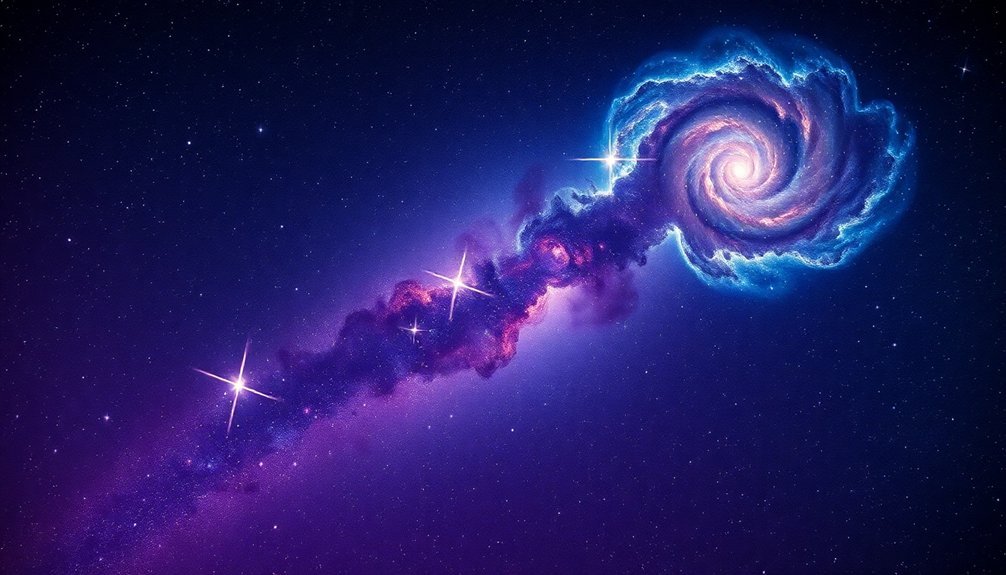
Noise reduction represents one of the most critical challenges in deep-sky astrophotography, where subtle details often hide beneath a layer of digital artifacts.
In astrophotography, noise reduction is paramount—revealing faint celestial details requires lifting the veil of digital interference.
You'll achieve superior results by implementing a multi-scale approach that tackles noise at different resolution levels simultaneously. Instead of applying a single aggressive denoising pass, try processing your image in multiple stages.
Start with a light initial denoising, then progressively refine details through subsequent passes. This layered technique preserves delicate structures while effectively removing unwanted noise.
Modern software leverages non-local self-similarity patterns to identify and enhance real structures. Take advantage of these algorithms by using tools that employ hierarchical feature extraction and channel attention mechanisms.
Remember that computational efficiency matters—multi-patch hierarchies can dramatically reduce processing time without sacrificing quality. Like the PMAL framework, this approach creates noise invariance while maintaining the integrity of important image features.
Frequently Asked Questions
How Does Dithering Improve Final Image Quality?
Dithering improves your final image quality by randomly shifting the telescope between exposures, which reduces fixed pattern noise and eliminates artifacts like hot pixels when you stack images, resulting in cleaner, more detailed astrophotographs.
Can I Combine Data From Different Camera Models?
Yes, you can combine data from different camera models. You'll need to align images carefully, balance field of view differences, and manage varying noise signatures using software like Astro Pixel Processor or StarTools.
What ISO Settings Work Best for Faint Nebulae?
For faint nebulae, you'll typically want ISO settings between 800-3200. Your specific camera model matters – newer sensors handle higher ISOs better. Test different settings and stack multiple exposures to manage noise while capturing detail.
How Do Atmospheric Conditions Affect Capture Strategy?
Atmospheric conditions dictate your capture strategy. You'll need shorter exposures during poor seeing, shoot near zenith, and adjust focal length accordingly. Wait for your telescope to acclimate before imaging faint deep-sky objects.
When Should I Use Drizzle Integration for Resolution Enhancement?
Use drizzle integration when you're dealing with undersampled images (star width < 2 pixels). You'll get the best results if you've dithered your exposures and don't mind longer processing times and larger files.
In Summary
You've now discovered the core techniques that transform amateur astrophotography into professional-quality images. By mastering calibration frames, optimizing your integration settings, and applying multi-scale noise reduction, you'll dramatically improve your deep-sky photos. Don't settle for noisy, flat images when these pro tricks are within your reach. Start implementing them in your next imaging session, and you'll immediately notice the difference in clarity and detail.
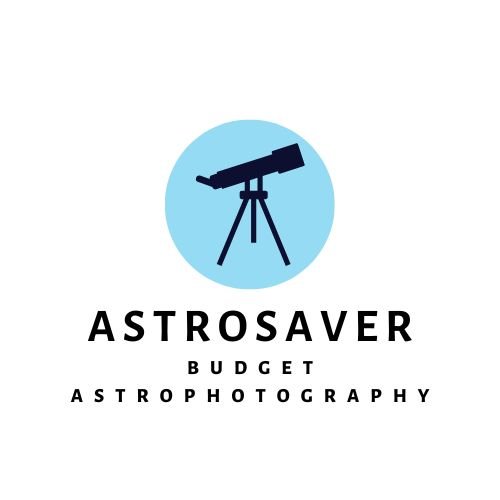
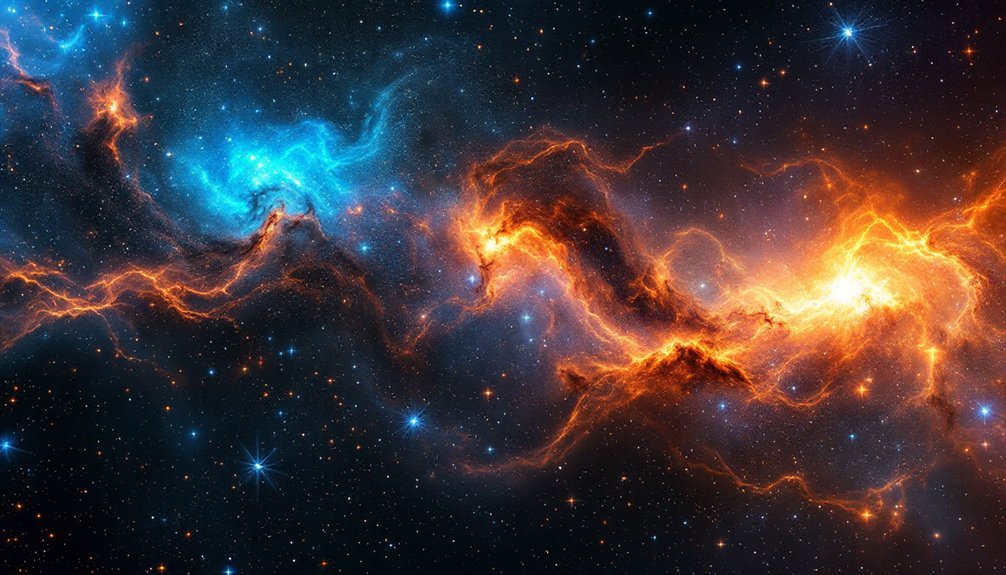
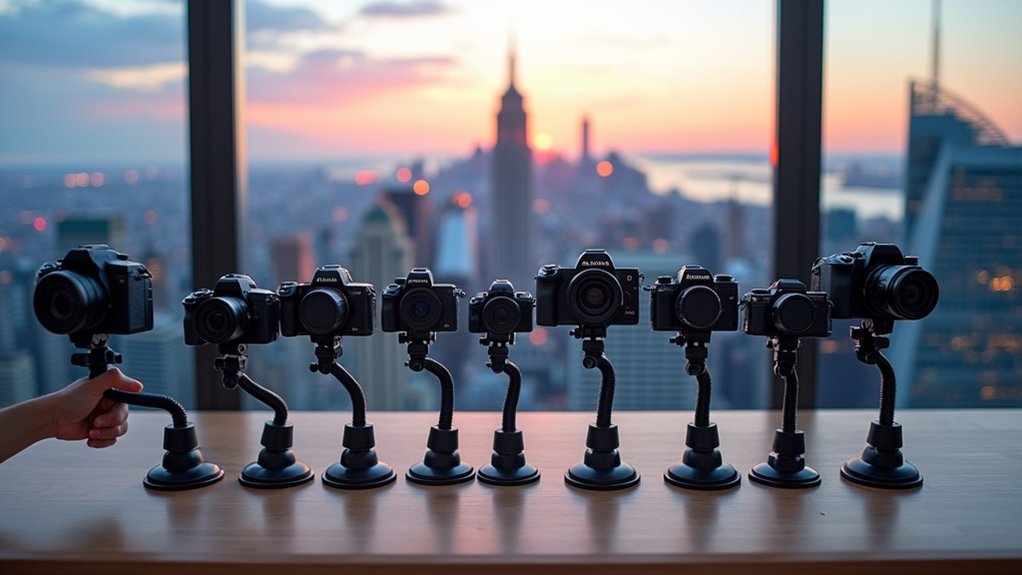
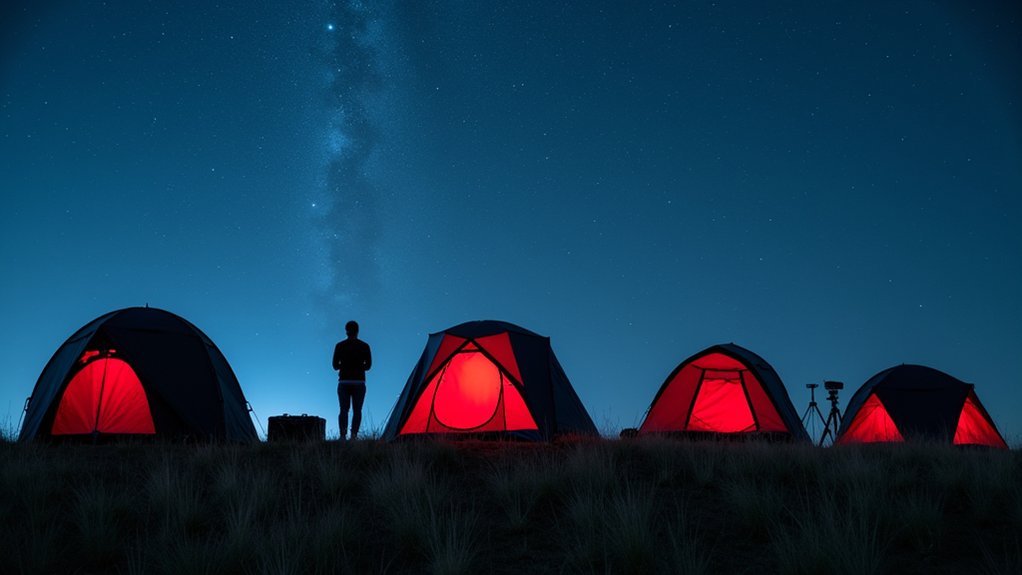
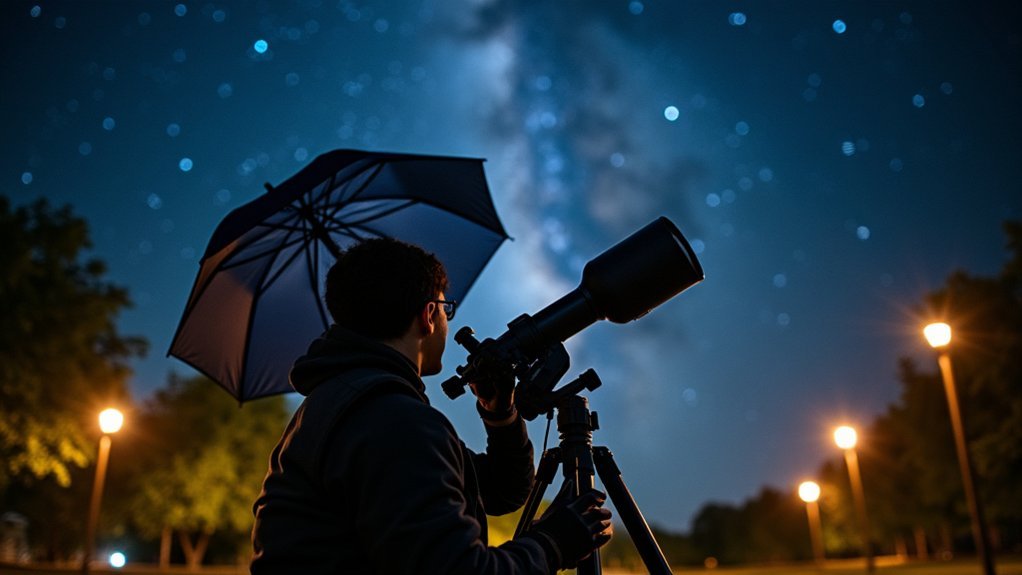
Leave a Reply